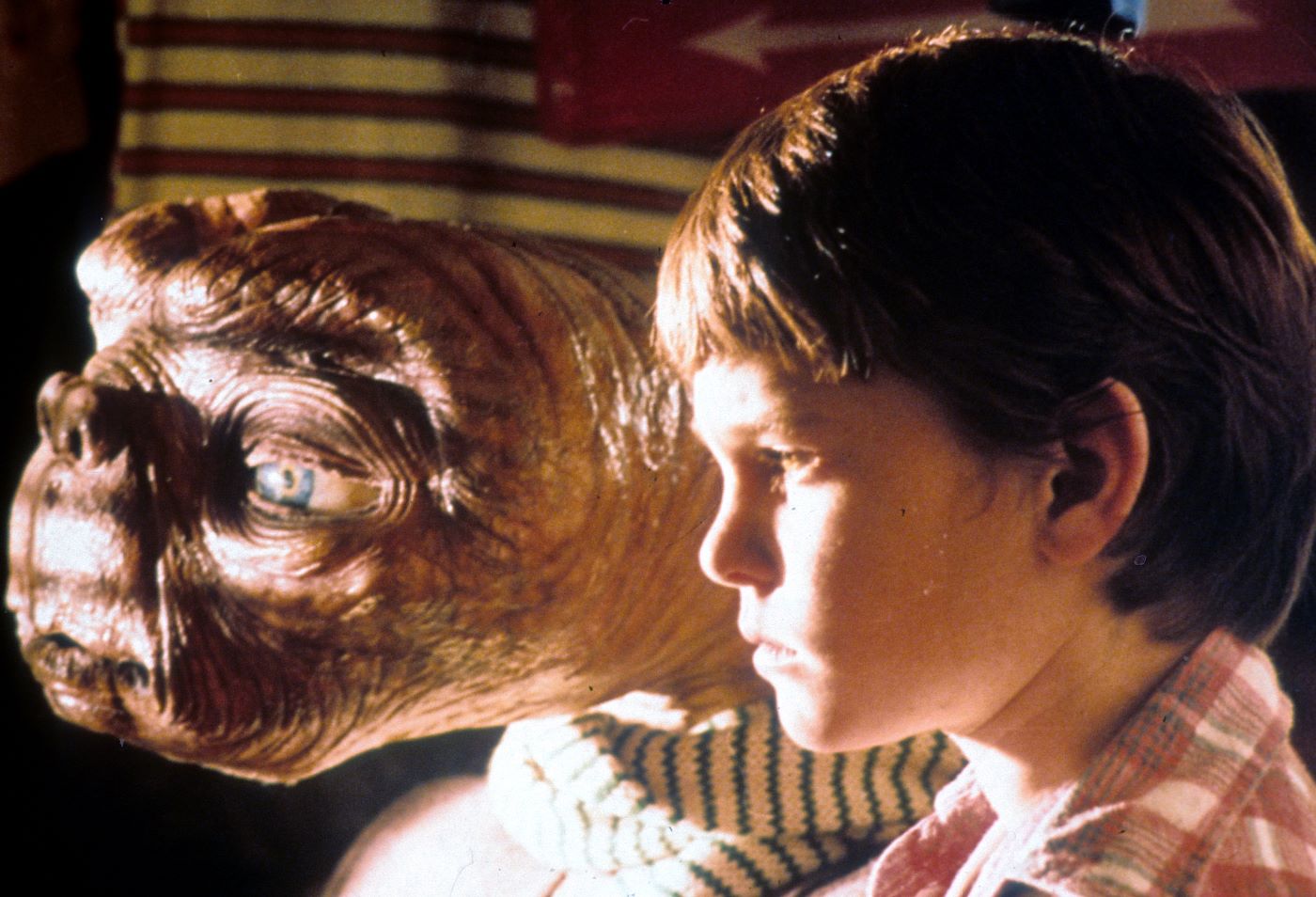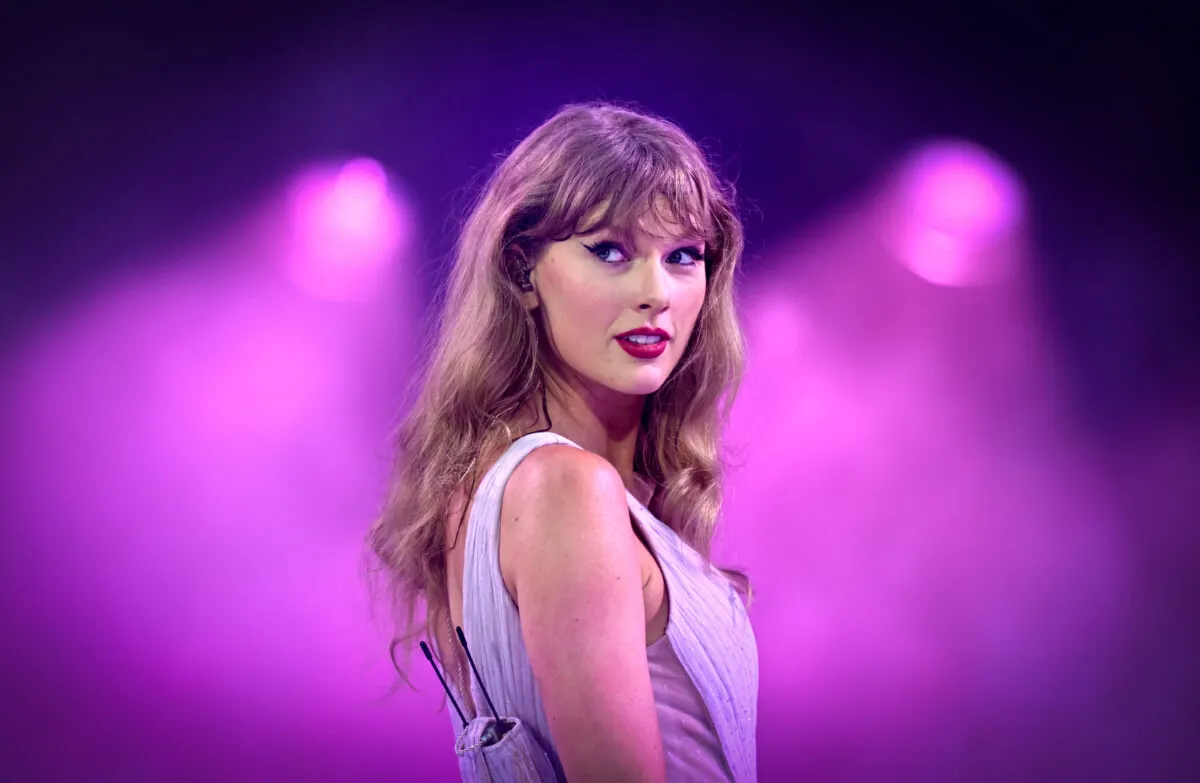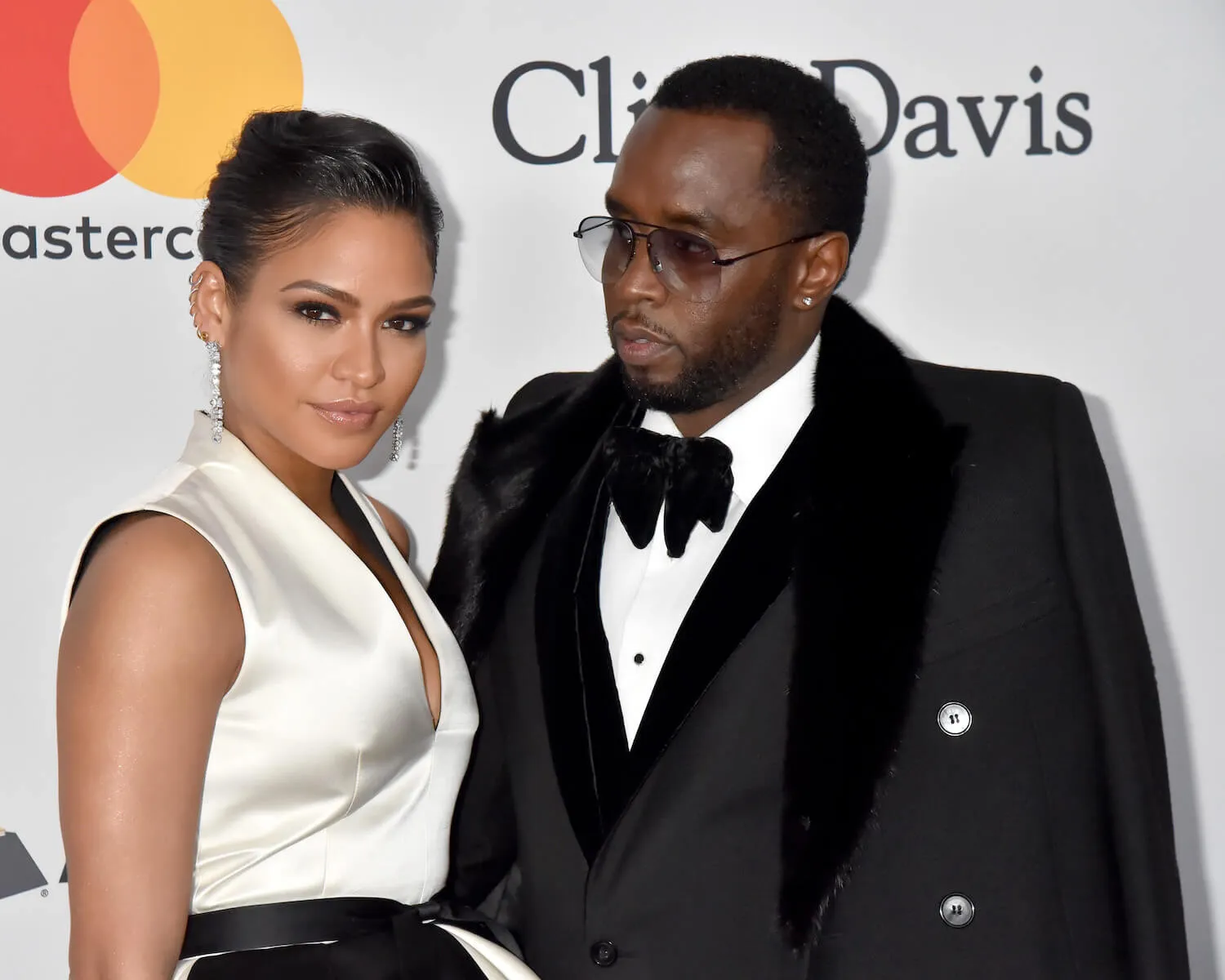‘E.T. the Extra-Terrestrial’: E.T.’s Voice Was Made By Recording Raccoons, Sea Otters, and an Elderly Woman Who Smoked 2 Packs of Cigarettes a Day
E.T. the Extra-Terrestrial (E.T) is a classic sci-fi film directed by Steven Spielberg. The beloved film was a huge success at the box office during its 1980s release and continues to be a fan favorite decades later. E.T. tells the story of a young boy, Elliot, and his unusual friendship with an alien who is lost and searching for his way home. Besides the heartwarming story and notable Reese’s Pieces product feature, the film used cutting-edge technology and unusual tricks to make the impressive result, taking home four Academy Awards.
The hard work behind E.T.’s voice

While much hard work goes into memorizing lines and becoming the character, it is even more difficult to create a convincing alien character. The state-of-the-art animatronics and detail used for E.T. cost $1.5 million for the beloved alien’s puppets.
In addition to Carlo Rambaldi’s hard work creating the puppet, establishing E.T.’s voice took a collaboration of people and animal sounds. The majority of E.T.’s voice was provided by Pat Welsh, an elderly California woman who smoked two packets of cigarettes a day. According to IMDb, Ben Burtt, the sound effects creator for the film, felt that Welsh had just the right quality he liked. Welsh received $380 for her services, which was almost 10 hours of recording for E.T.
Burtt included 16 other people and numerous animals to create the famous alien’s voice. Other people recorded and used for E.T.’s voice included Spielberg, Debra Winger, Burtt’s sleeping wife who had a cold, and a burp from his USC film professor. Raccoons, sea otters, and horses were combined to create the believable and unique sounds of E.T.
Creating the iconic E.T. character
Much time and expense were put into ensuring E.T. appeared as life-like as possible for the award-winning sci-fi movie. While creating the alien’s voice was a collaborative effort, so was the puppet itself. For one of the most recognized movie characters, the face was modeled after poet Carl Sandburg, Albert Einstein, and a pug dog.
To stimulate E.T.’s movement, a costume was created for actors to use when the alien walked. A 2’10” tall stuntman performed most of the full-body puppetry seen in the movie. The only exception was the kitchen scenes, which was performed by a 12-year-old boy who was an expert on walking on his hands because he was born without legs.
According to Foley artist John Roesch, the noise of E.T.’s waddling walk was created by a wet T-shirt crammed with Jell-O. For E.T.’s hand and arm movements, Caprice Rothe, a professional mime, performed those scenes. According to The Vintage News, she would hide underneath the platform and stretch her arms up in full-length four-fingered gloves to do tasks requiring hand and arm movements.
In addition to the E.T. costume used by actors, there were two other models created by Rambaldi, a mechanical one operated by cables and an electronic one for facial movements. The late Michael Jackson even owned one of the E.T. puppets.
Young stars’ reaction to the puppet
While E.T. is known as the alien that won the hearts of millions, the young actors on the movie set were not always comfortable shooting scenes with the alien puppet. Henry Thomas, who played the movie’s main character Elliott, Drew Barrymore, and Robert MacNaughton, found the puppet’s eyes spaced too far apart to comfortably look at them properly while acting. The young stars solved this problem by choosing a single eye to look at for each scene.


